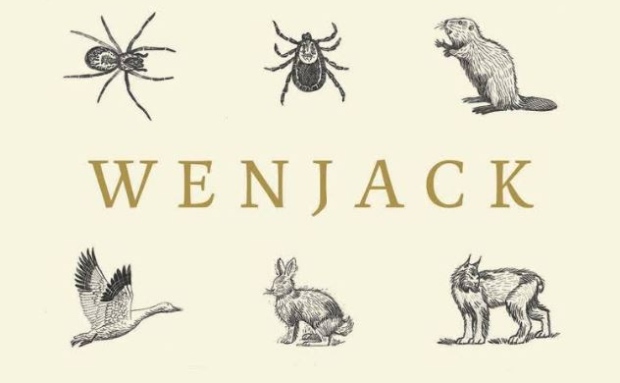Joseph Boyden’s Wenjack is a simplistic but poignantly written novella on the end of 12-year-old Chanie “Charlie” Wenjack’s life. A member of the Ojibwa First Nations people, Chanie Wenjack ran away from his residential school near Kenora with two other boys in late October, 1966. But unlike the two boys he left with, his father’s home was nearly 400 miles away, something he was unaware of. And also unlike his companions, Wenjack died shortly thereafter, freezing to death on railroad tracks on October 23 of that same year.
The publication of this book, October 18, 2016, comes just four days shy of the 50-year mark to signify Wenjack’s passing. The publication was deliberately scheduled to coincide with the release of Secret Path, a record by Tragically Hip frontman Gord Downie who timed it to be released that same day, also written in dedication to this small but significant child.
Inspired by Ian Adam’s 1967 article in Maclean’s “The lonely death of Charlie Wenjack,” Boyden sought to revive the memory of this sweet boy by detailing, in achingly straightforward language, the last moments of Wenjack’s life. It’s fair to say that no one knew his death would force the first of many public investigations into the residential schools; indeed, little did anyone know the cultural impact his passing would leave on indigenous and non-indigenous culture alike. In an interview with the Globe and Mail, Boyden cites that before his friend Mike Downie (Gord’s brother) introduced him to the article, he knew the story of Chanie through Willie Dunn’s song “The Ballad of Charlie Wenjack.”
In Wenjack, we follow Chanie’s escape in two narrative modes: as Chanie himself, and as the animals who bear analytical and occasionally mocking witness. It’s established early on that Chanie is broken in both spirit and mind. Before he leaves his uncle’s house to make his final trek down those railroad tracks, we hear his cousin mentally observe that, “Someone hurt him bad… So bad that it is stuck inside him and he’s so scared of it but more scared to let it out.”
Like many children who left their homes to attend residential schools, Chanie’s was not a voluntary participation. Forcibly taken from his home two years earlier, at the time that he left Chanie still had the barest of grasps on the English language, often being beaten and abused for mistakenly slipping into his own tongue. This very language, of his Ojibwa people, is what Boyden depicts as comforting him in his final hours. “Speak your words,” Chanie tells himself. “Father. Nindede. Heart. Ninde.” Repeating this over and over again to himself, Chanie eventually falls backwards off the tracks into the snow, and witnesses the near-full moon smiling down on him as he slips away. It is in this position that a train engineer, and eventually local authorities, find his frozen body, still hundreds of miles away from home.
In an author’s note, Boyden refers to the residential schools as a “grotesque social experiment,” and makes no bones about the slow progress made to shut them down following the first inquiry; the final school closed its doors in 1996, nearly 30 years later. In the meantime, the Truth and Reconciliation Commission has spent many years and many man-hours in order to reveal the horrendous, uncomfortable truth of the residential school system. He closes out the book by saying that the hard-hitting portion of our cultural dialogue, the reconciliation, is only about to begin.


